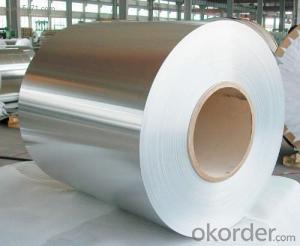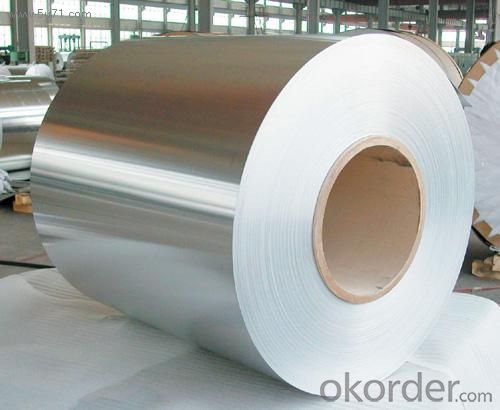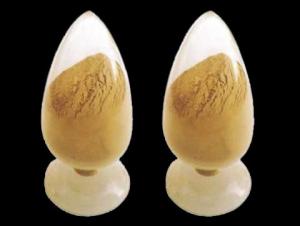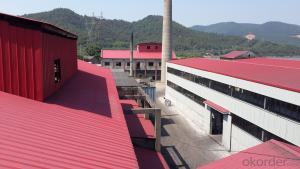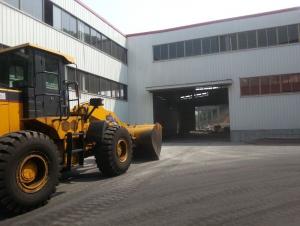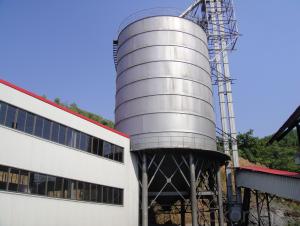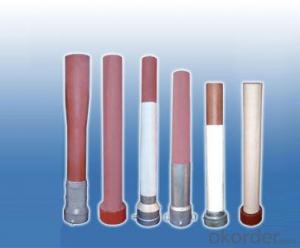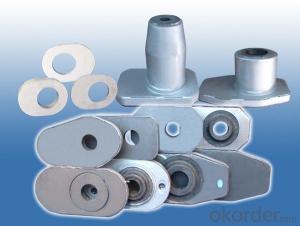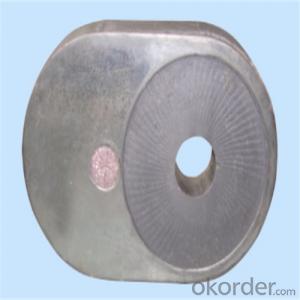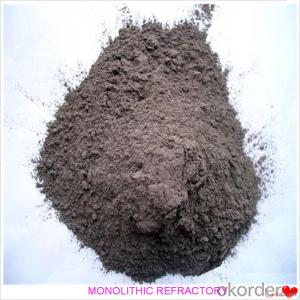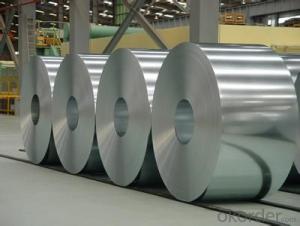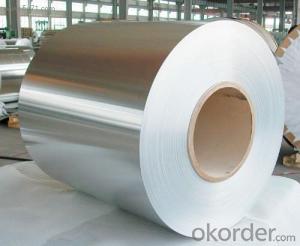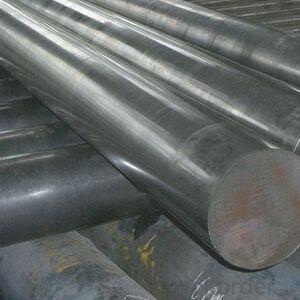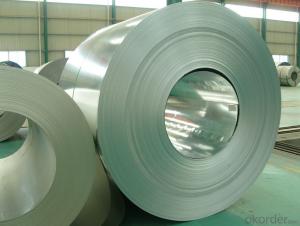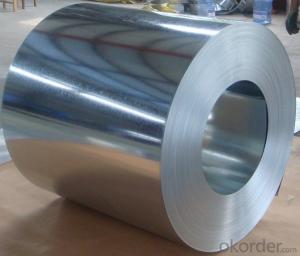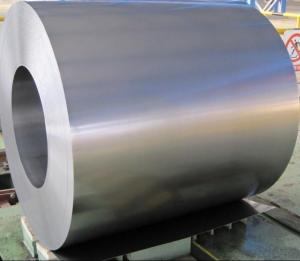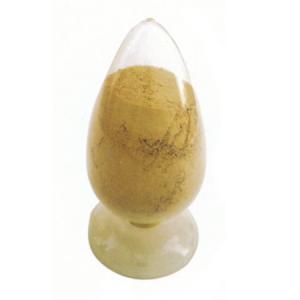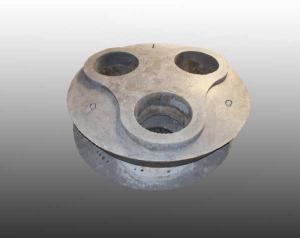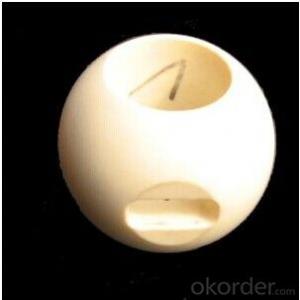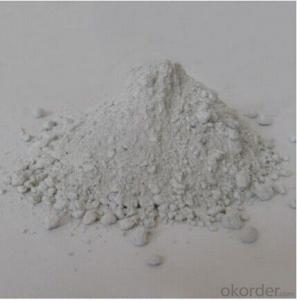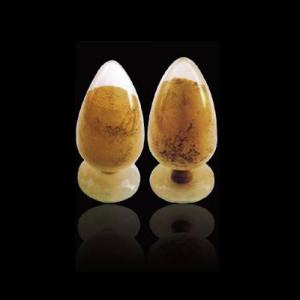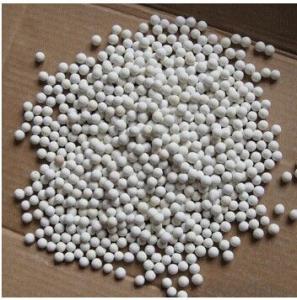Monolithic Refractories for Iron and Steel Industry - Hot-dip Zinc Coating Steel Building Roof Walls with Excellent Process Capability
- Loading Port:
- China main port
- Payment Terms:
- TT OR LC
- Min Order Qty:
- 50 m.t.
- Supply Capability:
- 10000 m.t./month
OKorder Service Pledge
OKorder Financial Service
You Might Also Like
Hot-dip Zinc Coating Steel Building Roof Walls--Excellent Process Capability
1.Structure of Hot-Dip Galvanized Steel Sheet Description:
Hot-dip galvanized steel coils are available with a pure zinc coating through the hot-dip galvanizing process. It offers the economy, strength and formability of steel combined with the corrosion resistance of zinc. The hot-dip process is the process by which steel gets coated in layers of zinc to protect against rust. It is especially useful for countless outdoor and industrial applications. Production of cold formed corrugated sheets and profiles for roofing, cladding, decking, tiles, sandwich walls, rainwater protective systems, air conditioning duct as well as electrical appliances and engineering.
2.Main Features of the Hot-Dip Galvanized Steel Sheet:
• Excellent process capability
• Smooth and flat surface
• Workability, durability
• Good visual effect
3.Hot-Dip Galvanized Steel Sheet Images
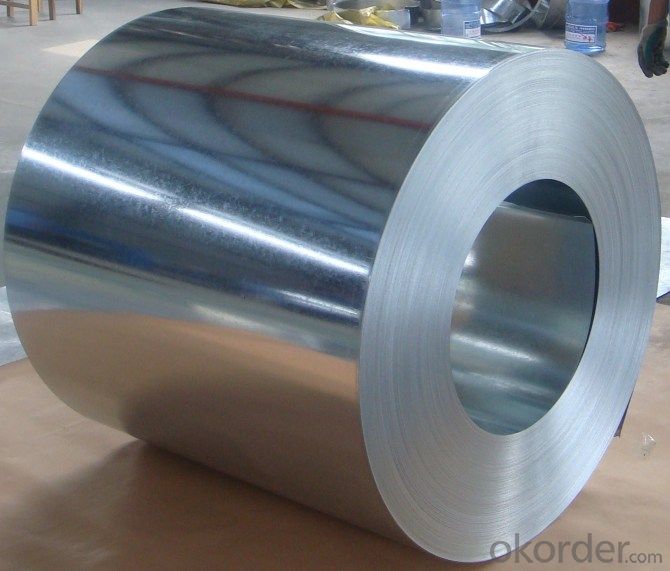
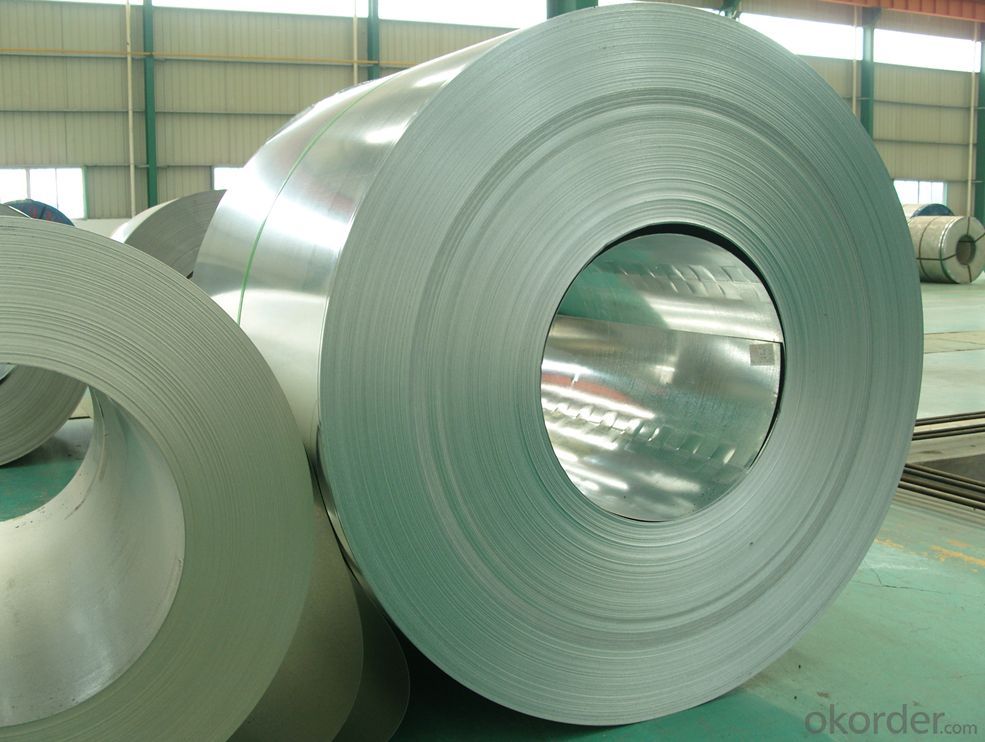
4.Hot-Dip Galvanized Steel Sheet Specification
Standard: ASTM, JIS,EN
Grade: CS, DX51D+Z,SGCC, SS 230~550,S220GD+Z~S550GD+Z, SGC340~SGC570
Thickness: 0.18mm~5mm
Width: max 2000mm
Coil weight:3-12 MT
Coil ID:508/610mm
Surface structure: zero spangle, regular spangle or minimum spangle
Surface treatment: Chromate treatment, Oiled/dry, skinpassed/non-skinpassed
5.FAQ of Hot-Dip Galvanized Steel Sheet
1.How to guarantee the quality of the products?
We have established the international advanced quality management system,every link from raw material to final product we have strict quality test.
2. How long can we receive the product after purchase?
Usually within thirty working days after receiving buyer’s advance payment or LC. We will arrange the factory manufacturing as soon as possible. The cargo readiness usually takes 15-30 days, but the shipment will depend on the vessel situation.
- Q: How are monolithic refractories applied in the hot face and cold face of furnace linings?
- Because of their superior thermal and mechanical properties, monolithic refractories are commonly utilized in furnace linings. These materials are employed in both the hot face and cold face of furnace linings, but their application methods differ for each. When it comes to the hot face of furnace linings, monolithic refractories are applied to endure extreme temperatures and harsh conditions. This area directly faces the heat source and is exposed to the highest temperatures. In this region, the refractory material is specifically engineered to possess excellent thermal conductivity and high resistance to thermal shock. To apply monolithic refractories in the hot face, the commonly used technique is gunning. Gunning involves the spraying or troweling of the refractory material onto the lining's surface. This technique enables quick and efficient application, ensuring a uniform and dense layer of refractory material. Gunning is especially suitable for areas with intricate shapes and contours. On the other hand, the primary concern for the cold face of furnace linings is insulation and protection. The cold face refers to the area that does not directly come into contact with the heat source and experiences lower temperatures. In this area, the refractory material is designed to possess low thermal conductivity and high insulation properties. The application of monolithic refractories in the cold face is typically accomplished using the technique called ramming. Ramming involves compacting the refractory material into place using a pneumatic or hydraulic ramming tool. This technique ensures the creation of a dense and solid layer of refractory material, providing excellent insulation and protection against heat loss. In conclusion, monolithic refractories are vital components of furnace linings as they provide the necessary thermal insulation and mechanical strength required in high-temperature environments. The application techniques of gunning and ramming allow for efficient and effective installation in both the hot face and cold face of furnace linings.
- Q: In iron and steel industry, the main raw materials for blast furnace ironmaking are iron ore, coke and limestone. What's the use of limestone here?
- CaCO3 CaO + CO2 =C = 2CO + CO2Fe2O3
- Q: What is the role of monolithic refractories in blast furnaces?
- Monolithic refractories play a crucial role in blast furnaces as they provide high-temperature resistance and excellent durability in the harsh operating conditions of the furnace. Blast furnaces are used in the ironmaking process to convert iron ore into molten iron, and monolithic refractories are essential for lining the interior of the furnace. One of the main functions of monolithic refractories in blast furnaces is to withstand extreme temperatures. The interior of a blast furnace can reach temperatures of up to 2,500 degrees Celsius, and monolithic refractories are designed to maintain their structural integrity and protect the furnace lining from thermal shock and erosion caused by the high temperatures. Monolithic refractories also provide insulation, preventing heat loss from the furnace. This is important as it helps to maintain the desired temperature for efficient iron production. By reducing heat loss, monolithic refractories contribute to energy savings and improved overall furnace performance. Another crucial role of monolithic refractories is to resist chemical attack from the molten iron and slag. The materials used in blast furnaces, such as iron ore, coke, and limestone, undergo various chemical reactions during the ironmaking process. Monolithic refractories are engineered to resist the corrosive effects of these reactions, ensuring a longer service life for the furnace lining. Furthermore, monolithic refractories offer excellent mechanical strength and resistance to abrasion. The materials being processed in a blast furnace, including iron ore and coke, can be abrasive. Monolithic refractories provide a protective barrier against the abrasive action, preventing damage to the furnace lining and extending its lifespan. In summary, the role of monolithic refractories in blast furnaces is to withstand extreme temperatures, provide insulation, resist chemical attack, and offer mechanical strength against abrasion. These properties contribute to the efficient operation and longevity of blast furnaces, enabling the production of molten iron for various industrial applications.
- Q: What are the typical operating temperatures for monolithic refractories?
- The specific composition and type of refractory material determine the typical operating temperatures for monolithic refractories. Generally, these refractories are designed to endure high temperatures ranging from 1500°C (2732°F) to 1800°C (3272°F) and sometimes even higher. Industries such as steelmaking, cement production, glass manufacturing, and petrochemical processing commonly utilize these refractories, subjecting them to extreme thermal conditions. Temperature limits vary for different types of monolithic refractories. For example, basic refractories made of magnesia or dolomite can withstand temperatures up to 1800°C (3272°F). Conversely, alumina-based refractories typically handle temperatures up to 1700°C (3092°F). Silicon carbide-based refractories exhibit even higher temperature resistance, with the capacity to endure temperatures exceeding 2000°C (3632°F). Choosing the appropriate monolithic refractory material is crucial, considering the specific operating temperature requirements of the application. Using refractories beyond their recommended temperature limits may result in thermal shock, spalling, reduced performance, equipment failure, or safety hazards. Therefore, it is essential to consult with refractory manufacturers or experts in the field to ensure the correct selection and optimal performance of monolithic refractories in high-temperature applications.
- Q: How do monolithic refractories enhance the performance of ladles and tundishes?
- Monolithic refractories enhance the performance of ladles and tundishes by providing superior thermal insulation, high resistance to thermal shock, and excellent chemical resistance. This improves their durability, reduces heat loss, and minimizes the risk of refractory failure, resulting in increased operational efficiency and extended service life of ladles and tundishes.
- Q: How do monolithic refractories prevent slag penetration?
- Monolithic refractories prevent slag penetration through several mechanisms. Firstly, monolithic refractories are made up of high-quality materials that have excellent resistance to slag attack. These materials, such as alumina, silica, and magnesia, have a high melting point and can withstand the corrosive nature of the slag. Secondly, monolithic refractories are designed with a dense and compact structure that minimizes the porosity. Slag penetration occurs when the molten slag infiltrates the pores and cracks of the refractory material. By reducing the porosity, monolithic refractories create a barrier that restricts the entry of slag into the refractory lining. Additionally, monolithic refractories can be chemically bonded to the substrate, forming a strong and impermeable bond. This bond further enhances the resistance to slag penetration by preventing any gaps or weak points where the slag can penetrate. Moreover, monolithic refractories can be designed with a high thermal shock resistance. Slag penetration is often intensified by thermal cycling, where the refractory material undergoes rapid temperature changes. Monolithic refractories with high thermal shock resistance can withstand these temperature fluctuations without cracking or spalling, thus reducing the risk of slag penetration. Furthermore, the proper installation and maintenance of monolithic refractories play a crucial role in ensuring their effectiveness against slag penetration. The refractory lining needs to be properly designed, using appropriate thickness and geometry, to provide maximum protection against slag attack. Regular inspection and repair of any damaged or worn-out areas can also prevent slag penetration. In conclusion, monolithic refractories prevent slag penetration through their excellent resistance to slag attack, dense structure, chemical bonding, high thermal shock resistance, and proper installation and maintenance. These factors work together to create a strong and impermeable barrier that protects the underlying substrate from the corrosive effects of slag.
- Q: How do monolithic refractories withstand thermal shock and mechanical stress?
- Monolithic refractories are engineered to endure high temperatures and harsh working conditions, making them perfect for applications involving thermal shock and mechanical stress. To begin with, monolithic refractories are designed with a high thermal conductivity, enabling them to rapidly absorb and distribute heat. This characteristic aids in reducing thermal gradients within the material and decreasing the likelihood of thermal shock. When faced with sudden temperature changes, the refractory material expands and contracts uniformly, preventing the formation of cracks and fractures. Additionally, these refractories possess exceptional thermal shock resistance due to their low thermal expansion coefficient. As a result, they are less prone to expanding or contracting when exposed to temperature fluctuations. Consequently, they can endure rapid temperature changes without suffering significant structural damage. Furthermore, monolithic refractories exhibit high mechanical strength, enabling them to withstand various forms of mechanical stress. Their formulation includes carefully selected raw materials and additives that enhance their load-bearing capacity and resistance to mechanical forces. This grants them the ability to bear the weight of surrounding materials and endure any external forces or vibrations present in the application environment. Moreover, monolithic refractories maintain good structural integrity and stability thanks to their dense and compact microstructure. Typically, these materials are created by combining fine powders, binders, and additives, which are mixed and shaped to form a solid and cohesive structure. This structure provides resistance against mechanical stress, preventing the refractories from crumbling or disintegrating under pressure. In conclusion, monolithic refractories withstand thermal shock and mechanical stress due to their high thermal conductivity, low thermal expansion coefficient, strong mechanical strength, and structural integrity. These properties establish them as reliable and durable materials for applications that require resistance to extreme temperatures and challenging operating conditions.
- Q: How do monolithic refractories contribute to the overall efficiency of steel ladle operations?
- Monolithic refractories play a crucial role in enhancing the overall efficiency of steel ladle operations. They provide a protective lining that withstands extreme temperatures, chemical reactions, and mechanical stresses during the steelmaking process. This lining helps to retain heat and prevent heat loss, ensuring better temperature control and reducing energy consumption. Additionally, monolithic refractories minimize metal penetration and slag adhesion, improving ladle cleanliness and reducing the risk of clogging or blockages. Overall, the use of monolithic refractories in steel ladles promotes higher productivity, improved steel quality, and cost-effective operations.
- Q: What are the specific requirements of monolithic refractories for ladle purging applications?
- Monolithic refractories used for ladle purging applications need to have specific requirements such as high thermal shock resistance, excellent erosion resistance, and good insulating properties. They should also have low porosity to prevent excessive penetration of slag or metal, high strength to withstand the mechanical stresses during purging, and good chemical stability to resist the corrosive environment of the ladle. Additionally, they should have good workability for ease of installation and repair.
- Q: How can the lifespan of monolithic refractories be extended in the iron and steel industry?
- The lifespan of monolithic refractories can be extended in the iron and steel industry through proper installation, regular maintenance, and implementing effective refractory management practices. This includes using high-quality refractory materials, ensuring precise installation techniques, monitoring and controlling operating conditions, conducting regular inspections, and promptly addressing any signs of wear or damage. Additionally, optimizing heating and cooling cycles, implementing appropriate refractory lining designs, and incorporating advanced technologies can further enhance the longevity of monolithic refractories in this industry.
Send your message to us
Monolithic Refractories for Iron and Steel Industry - Hot-dip Zinc Coating Steel Building Roof Walls with Excellent Process Capability
- Loading Port:
- China main port
- Payment Terms:
- TT OR LC
- Min Order Qty:
- 50 m.t.
- Supply Capability:
- 10000 m.t./month
OKorder Service Pledge
OKorder Financial Service
Similar products
Hot products
Hot Searches
Related keywords
